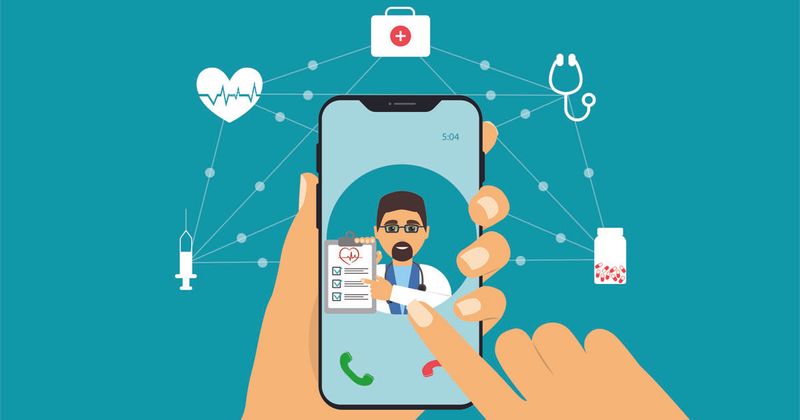Multicomponent, web-based program confers reduced BP, improved control
A multicomponent intervention delivered on a web-based telehealth platform was associated with lower BP levels and improved rates of BP control compared with usual care, researchers reported in JAMA Network Open.
The researchers evaluated the effect of the multicomponent intervention delivered on a web-based telehealth platform and aligned with Chinese hypertension management guidelines on 4,118 patients (mean age, 62 years; 55% women) with essential hypertension at high risk for CHD from 66 Chinese community health centers compared with usual care.

Source: Adobe Stock
Patients assigned to the intervention received text messages about CVD; received information about nutrition and healthy diets; were encouraged to increase physical activity; were encouraged to achieve weight control with goals of BMI less than 24 kg/m2 for all, waist circumference less than 90 cm for men and waist circumference less than 85 cm for women; received materials about the dangers of smoking and, if necessary, had a smoking cessation program developed for them; were advised not to drink alcohol more than two times per week; received a health evaluation in-clinic for at least 1 year; and had their information put into a web-based management platform that evaluated the data automatically, suggested a personalized follow-up schedule in accordance with guidelines and reminded doctors to conduct prompt follow-up.
The primary outcome was change in BP control rate at 1 year. At baseline, 22.8% of patients in the intervention group and 22.5% of patients in the control group had their BP controlled.
The primary outcome was achieved in more patients from the intervention group than from the control group (47.4% vs. 30.2%; OR = 1.18; 95% CI, 1.13-1.24; P < .001), Haoqi Zhou, PhD, from the Division of Prevention and Community Health, National Center for Cardiovascular Disease, National Clinical Research Center of Cardiovascular Disease, State Key Laboratory of Cardiovascular Disease, Fuwai Hospital, Peking Union Medical College & Chinese Academy of Medical Sciences, Beijing, and colleagues wrote.
At 1 year, the intervention group had their systolic BP lowered by –10.1 mm Hg more than the control group (95% CI, –11.7 to –8.5; P < .001) and their diastolic BP lowered by –1.8 mm Hg more than the control group (95% CI, –2.8 to –0.8; P < .001), Zhou and colleagues found.
“The study provided clinical evidence that telemedicine may be an effective way to manage patients with hypertension in the community and may generate public health benefits across diverse populations,” the researchers wrote.

